Main Navigation Menu
© 2025 Tech Jacks Soutions, All Rights Reserved
© 2025 Tech Jacks Soutions, All Rights Reserved
Xbox Game Pass price hike disaster has erupted as Microsoft announces 50% cost increases transforming Ultimate subscription from $20 to $30 monthly. Forbes reports Microsoft unveils 50% Xbox Game Pass Ultimate price hike alongside new tier restructuring that introduces Essential, Premium, and Ultimate plans with dramatically increased costs. The subscription service restructuring represents systematic abandonment of value proposition that built Game Pass into industry-leading gaming service.
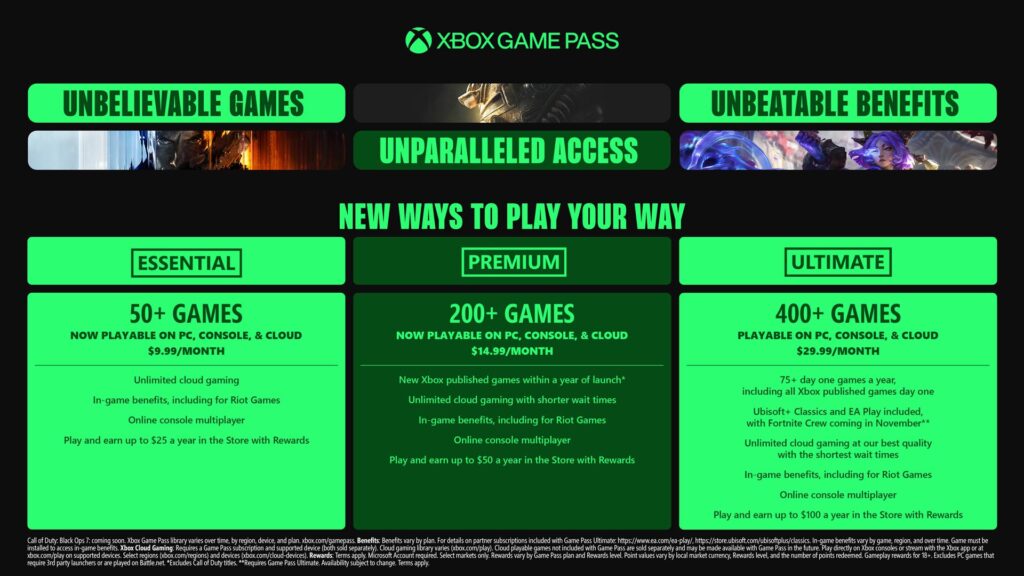
Pocket-lint analysis reveals a year of Game Pass Ultimate now costs almost the same as new Xbox console, creating an absurd pricing scenario where subscription costs rival hardware investments. The Xbox Game Pass price hike disaster turns monthly entertainment budgets into large annual expenses that surpass reasonable subscription service values.
GameSpot confirms Game Pass Ultimate will cost $30 monthly, representing a $360 annual expense that nears the full purchase price of a console while offering only temporary game access rather than permanent ownership. The pricing strategy reveals Microsoft’s belief that consumers will accept Netflix-level costs for gaming subscriptions, despite clear differences in value between streaming video and interactive entertainment. The $360 yearly Ultimate subscription creates household budget pressures, forcing gaming to compete directly with essential services and family expenses.
The Xbox Game Pass price hike disaster prompts consumers to reevaluate priorities, transforming subscription gaming from an affordable entertainment option into a luxury expenditure rather than accessible for mainstream audiences. monthly, creating three-tier structure that fragments user base while eliminating previous mid-range options. The tiering strategy forces consumers toward expensive Ultimate subscriptions to maintain full feature access previously available at lower price points.
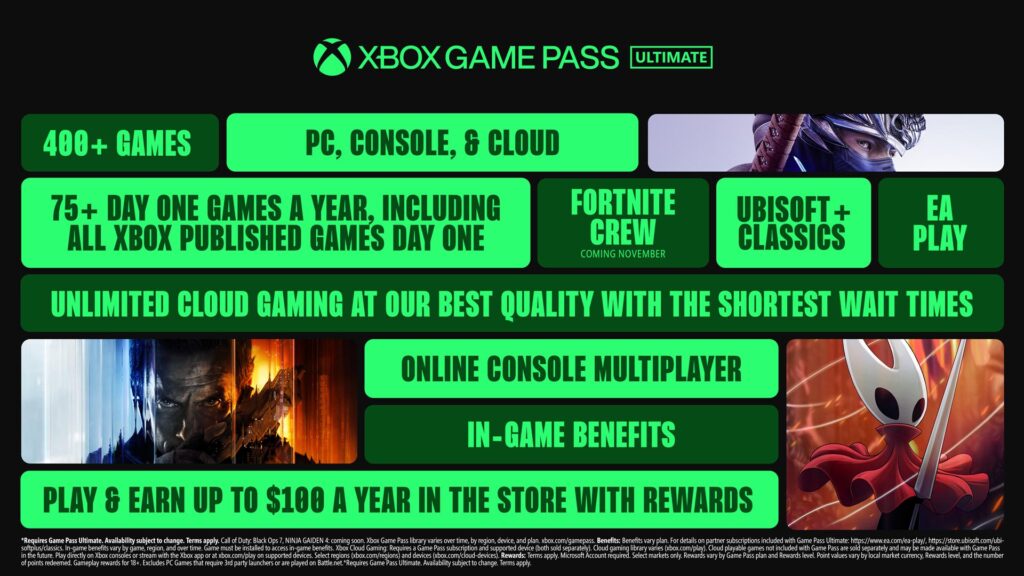
Tech4Gamers reports so many users rushing to cancel Game Pass subscriptions that the cancellation page has broken, Demonstrating immediate consumer rejection of a pricing structure that exceeds perceived service value, the Xbox Game Pass price hike disaster triggers a mass exodus when infrastructure cannot handle simultaneous cancellation requests from outraged subscribers.
The technical failure symbolizes a broader collapse of the subscription model, where price increases lead to systematic user abandonment instead of revenue growth through maintained subscriber bases. When cancellation systems fail due to overwhelming demand, the metric reveals corporate miscalculation regarding consumer price tolerance and the ceiling values of subscription services.
Reddit discussion reveals Microsoft Rewards community frustration with plan restructuring that lowers reward redemption value while raising subscription costs. The simultaneous price hikes and reward devaluations intensify consumer frustration, as Microsoft attacks the value proposition from multiple angles rather than improving a single benefit. The surge in cancellations shows consumer awareness, with subscribers quickly assessing value decline and canceling rather than passively accepting price increases. The Xbox Game Pass price hike disaster exposes the limits of subscription fatigue tolerance, where entertainment services face immediate consequences for aggressive monetization strategies.

Push Square analysis positions PS Plus as better value after Xbox Game Pass price rises, demonstrating how Microsoft’s aggressive pricing creates competitive advantages for rivals practicing subscription cost restraint, the Xbox Game Pass price hike disaster allows Sony to maintain current pricing while appearing consumer-friendly through competitor comparison rather than delivering absolute value. Sony’s strategic patience enables PlayStation Plus to capture market share from Xbox subscribers seeking affordable gaming subscription options. The competitive dynamic shows how aggressive pricing by market leaders creates opportunities for rivals to stand out with steady prices instead of focusing on feature innovations.
The PlayStation advantage grows as Microsoft’s multi-platform strategy leads to Xbox games launching on competing platforms more often. When Game Pass exclusivity declines and costs rise, the subscription value diminishes from both ends. Consumer migration patterns suggest the Xbox Game Pass price hike accelerates platform switching, with dissatisfied Microsoft subscribers looking at PlayStation ecosystems that offer similar services at much lower costs. This pricing gap creates real financial incentives for hardware ecosystem shifts that Microsoft’s platform strategy will find hard to reverse.
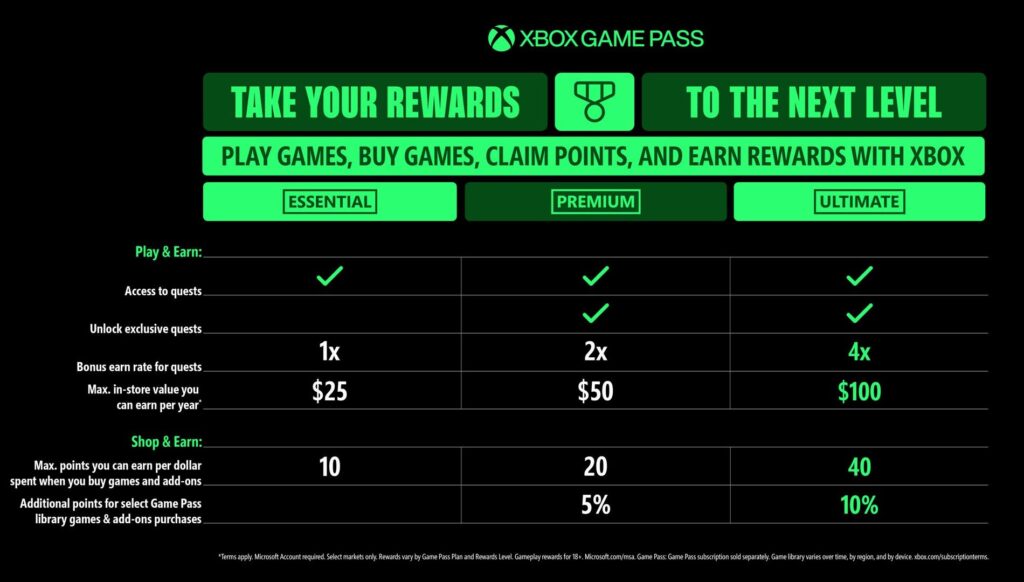
Microsoft’s three-tier restructuring causes confusion among consumers, as the Essential, Premium, and Ultimate plans offer different feature combinations that require careful comparison rather than simple value assessment. The Xbox Game Pass price increase adds complexity, masking actual service reductions through naming changes and redistribution of features.
The Essential tier offers cloud gaming and PC access previously unavailable in Core subscriptions, maintaining a $14.99 price that seems unchanged despite a smaller game library compared to earlier Standard plans. This feature juggling creates a false impression, with Microsoft positioning the restructuring as an enhancement rather than a reduction in value hidden behind tier renaming.
The Premium tier, priced at $19.99, replaces the previous Standard plan and imposes a one-year delay for first-party game additions that previously launched day one. The Xbox Game Pass price increase also involves systematically reducing flagship benefits, such as immediate access to Microsoft-published titles, which set the service apart from competitors.
The Ultimate tier’s value is based on day-one game access, an expanded library, and partner subscriptions including Ubisoft+ Classics and Fortnite Crew. This bundling encourages upselling, forcing consumers who want to maintain their service levels to accept a 50% price hike or face significant feature downgrades by choosing lower-tier subscriptions.
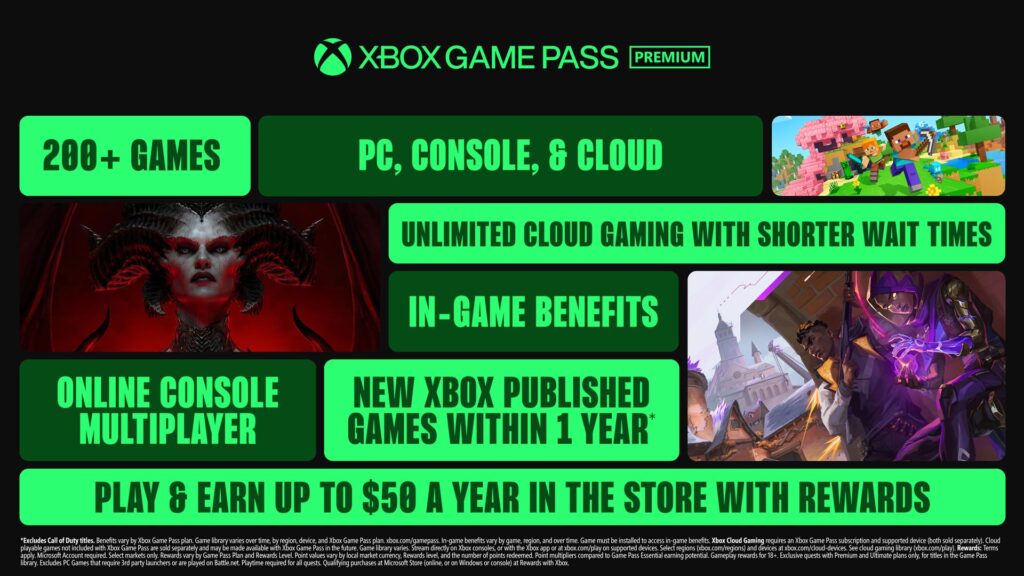
Xbox president Sarah Bond claims Game Pass is profitable, Justifying price increases based on financial performance instead of improved consumer value highlights a problematic corporate focus. The Xbox Game Pass price hike debacle exposes a prioritization where maximizing profitability takes precedence over customer satisfaction and market share growth. Admitting to profitability undercuts Microsoft’s previous stance, where Game Pass was seen as a loss-leader for platform growth. Transitioning subscription services from an investment phase to profit extraction damages consumer trust, which was built on initial low prices and artificial value expectations.
Claims by Bond’s creator benefits contradict developer worries about revenue models that rely on lump-sum payments rather than ongoing royalties tied to player engagement. The price hike boosts Microsoft’s subscription revenue but may not alter developer compensation structures that don’t share in profitability gains. The lack of financial transparency makes it difficult for consumers to determine whether price hikes fund better creator payments or just boost Microsoft’s profits. When companies justify price increases with profitability claims without offering service improvements, it reveals a focus on pure revenue extraction rather than creating mutual value.
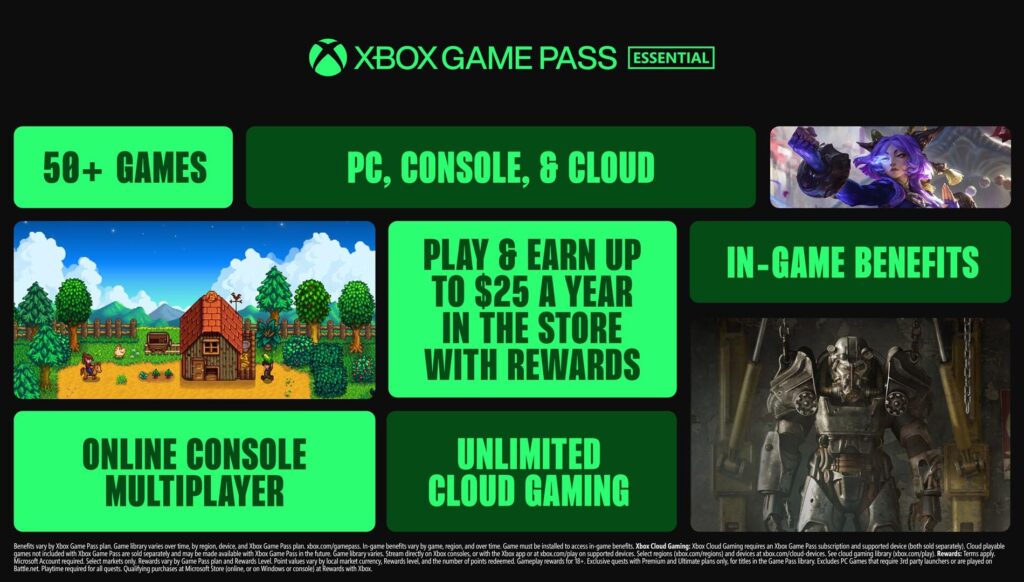
AInvest analysis examines Xbox Game Pass’s strategic repositioning reshaping consumer spending and ARPU. Microsoft is using aggressive pricing strategies that focus on extracting revenue from remaining subscribers rather than growing market share. The Xbox Game Pass price increase serves as a calculated shift from acquiring new users to maximizing revenue from existing ones, targeting dedicated gaming fans. The focus on ARPU (Average Revenue Per User) indicates that Microsoft believes the subscriber base is reaching maturity, where growth opportunities are limited, and the main goal is revenue optimization from current users.
This strategic change sacrifices platform accessibility for better financial figures that boost quarterly earnings, but it might harm long-term competitive positioning. The tier restructuring allows for detailed subscriber segmentation, enabling Microsoft to monitor migration patterns and gauge price sensitivity across different user groups. The Xbox Game Pass price hike acts as a market research tool to identify the highest sustainable subscription cost before causing significant subscriber churn.
Financial analysts may see this pricing approach as a way to maximize ARPU, while consumer advocates view it as systematic exploitation, where loyal customers face rising costs without receiving corresponding improvements in value. The differing perspectives highlight the core conflict between shareholder interests and customer satisfaction within subscription service economics.
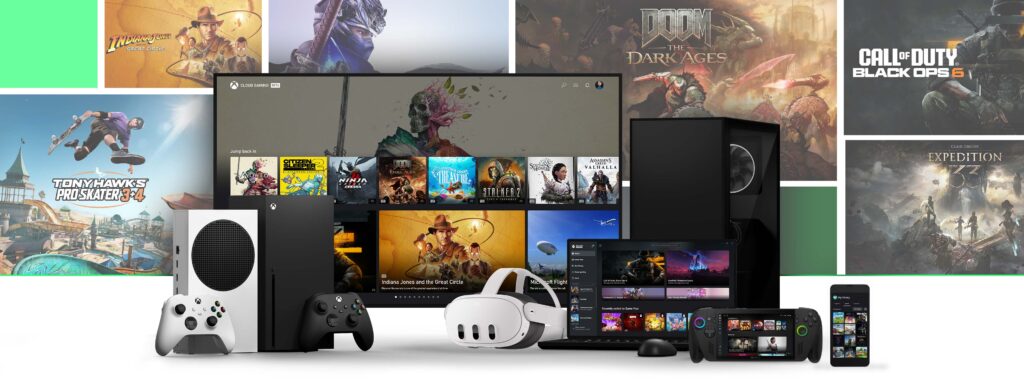
The Xbox Game Pass price hike disaster shows Microsoft’s betrayal of the subscription value that attracted millions of gamers with affordable access to large game libraries. The 50% increase in the Ultimate price turns a reasonable monthly expense into an annual cost that rivals console hardware expenses, offering temporary access instead of permanent ownership.The $360 yearly Ultimate cost strains household budgets, forcing gaming to compete with essential services and family expenses. Microsoft’s pricing strategy assumes consumers will accept streaming service-like costs despite the fundamental differences between passive video content and interactive gaming, which require much higher production investments.
The surge in subscription cancellations, overwhelming Microsoft’s systems, shows immediate consumer rejection of pricing that exceeds perceived value. System failures from simultaneous cancellation requests reveal a misjudgment of price tolerance and the maximum subscription value that can sustain aggressive monetization.
Sony’s competitive edge with PlayStation Plus stems from its restrained pricing, which seems more consumer-friendly compared to Microsoft’s aggressive prices rather than from leading in overall value. The Xbox Game Pass price hike enables competitors to gain market share through stable prices, not necessarily through better features or services.
Confusion caused by the tier structure—Essential, Premium, Ultimate—obscures service quality because of confusing naming and feature changes. This complexity makes it harder for consumers to evaluate value clearly and pressures them into expensive Ultimate plans to keep features they already had at lower prices.
Profit claims often justify price hikes based on financial performance rather than actual consumer value improvement. The Xbox Game Pass price increase exposes corporate priorities that favor profit over customer satisfaction and market share, the foundation of Game Pass’s industry-leading success.
Signs of trouble in the AAA industry emerge as subscription economics show unsustainable business models where consumer affordability expectations clash with rising content costs. Microsoft’s pricing moves highlight fundamental issues, requiring console-level expenses annually to keep the business afloat, thus fundamentally changing the subscription’s value proposition.
The strategy to maximize ARPU (average revenue per user) focuses on extracting more revenue from existing subscribers rather than growing the user base. This shift sacrifices platform accessibility in favor of short-term profit metrics, which may harm long-term competitiveness against rivals who keep prices consumer-friendly.
Savvy consumers should weigh the value of subscriptions against owning games outright, which offers long-term access without ongoing monthly costs. The Xbox Game Pass price hike demonstrates subscriber fatigue and the risks of aggressive monetization that outpaces perceived value.
Gaming services need to find a balance between compensating creators and keeping prices affordable for consumers, rather than exploiting players with rising costs and no improvements in service quality. Microsoft’s pricing strategy damages the credibility of subscription gaming and serves as a warning about short-term profit-driven models that can harm the industry’s health over the long term health.
